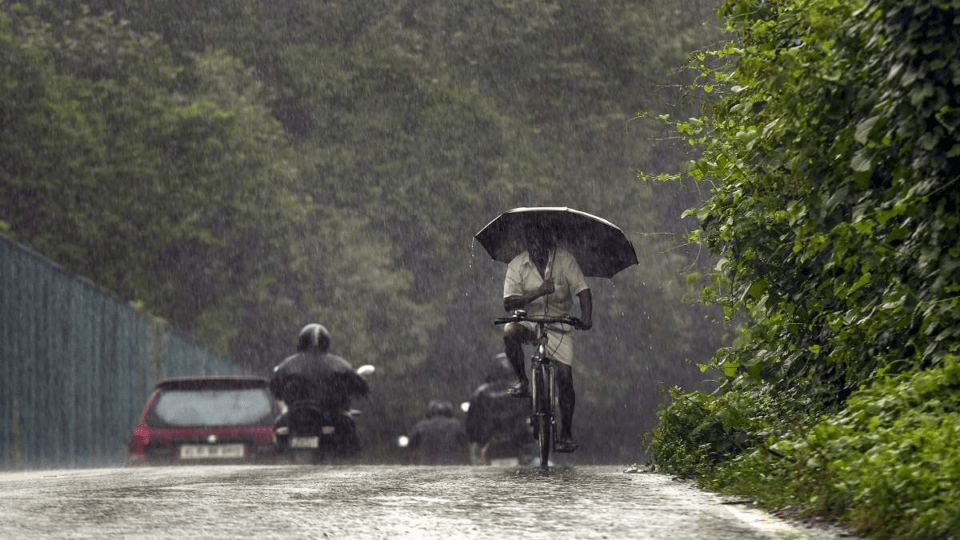The monsoon arrived in Kerala and the majority of northeast India at the same time on Thursday, May 30, two days earlier than usual. Typically, the monsoon arrives in Kerala around June 1 and moves northward until it covers the entire country by mid-July. This year, the Bay of Bengal branch of the monsoon has been very active due to severe cyclone Remal, which has increased monsoon flow and resulted in considerable rainfall in the northeastern states during the last two days.
According to M Mohapatra, director general of the IMD, all necessary parameters for monsoon start in Kerala have been reached in the last 48 hours. The conditions include at least 60% of 14 specified stations receiving at least 2.5mm of rainfall over two days, as well as a south-westerly wind pattern and low Outgoing Longwave Radiation (OLR). The arrival of the southwest monsoon over Kerala marks the shift from the hot, dry season to the rainy season, bringing much-needed relief from the scorching summer heat as it moves northward.
The monsoon is critical to Indian agriculture, accounting for 51% of the country’s acreage and 40% of total production. According to the most recent Economic Survey, agriculture employs 47% of India’s population, hence a strong monsoon season is critical for a healthy rural economy. The IMD’s long-range forecast, released on April 15, anticipates “above normal” monsoon rainfall at 106% of the LPA for the country, with a model error of ± 5%, indicating a favorable agricultural season ahead.

